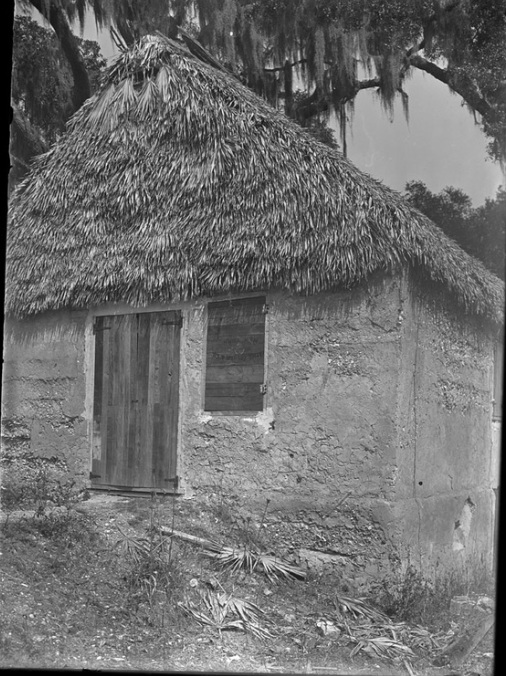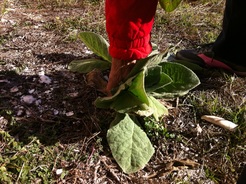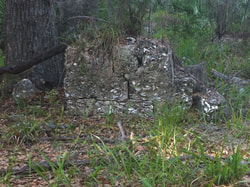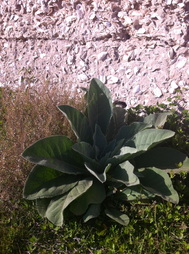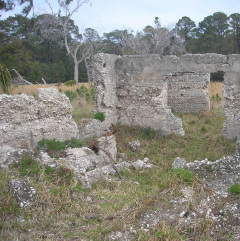Thomas Bailey Family No. 1 |
Charles Banks Family No. 2 |
Liberty Bell Family No. 3 |
Anthony Boson Family No. 4 |
John Brown Family No. 5 |
Glasco Campbell Family No. 6 |
March Carter Family No. 7 |
Prince Carter Family No. 8 |
Perault Dixon Family No. 9 |
Boson Gardner Family No. 10 |
Phoebe Gary Family No. 11 |
Dennis Gilbert Family No. 12 |
Oliver Green Family No. 13 |
John Grovner Family No. 14 |
Sampson Hogg (Hall) Family No. 15 |
Richard Handy Family No. 16 |
Sampson Hillery Family No. 17 |
Sipio Jackson Family No. 18 |
Isaac Johnson Family No. 19 |
Charles Jones Family No. 20 |
Joseph Jones Family No. 21 |
James Lemon Family No. 22 |
John Lemon Family No. 23 |
Thomas Lemon Family No. 24 |
George Lewis Family No. 25 |
Peter Maxwell Family No. 26 |
John Mills Family No. 27 |
Jack Moore Family No. 28 |
Daniel Parker Family No. 29 |
Samuel Roberts Family No. 30 |
James Robinson Family No. 31 |
Anthony Sams Family No. 32 |
Caesar Sams Family No. 33 |
Harry Sams Family No. 34 |
Hester Smith Family No. 35 |
Abraham Spaulding Family No. 36 |
Carolina Underwood Family No. 37 |
Charles Walker Family No. 38 |
Curry Walker Family No. 39 |
James Walker Family No. 40 |
Thomas Bailey Family No. 41 |
Benjamin Wilson Family No. 42 |
March Wilson Family No. 43 |
Stephen Wylly Family No. 44 |
Question: Where Did the Last Names of the Enslaved Originate?
Answer: A Vast Majority of African Diaspora Scholars Concur that most of the last names of enslaved populations on plantations originated from job assignments i.e. the Bailey's baled tobacco; Gardner's tended the gardens; Grovner's tended the groves; Hogg's tended to hogs; Walker's walked livestock, etc.
|
|
These families are rooted in Africa as much as the roots of this tree are in tabby.
Click to learn more. |
History Lesson's Continued...
Great Migration (African American)
Source
The Great Migration was the movement of 6 million African Americans out of the rural Southern United States to the Northeast, Midwest, and West from 1910 to 1970. Some historians differentiate between the first Great Migration (1910–1930), numbering about 1.6 million migrants who left mostly rural areas to migrate to northern and midwestern industrial cities, and, after a lull during the Great Depression, a Second Great Migration (1940 to 1970), in which 5 million or more people moved, including many to California and various western cities.[1]
Between 1910 and 1970, blacks moved from 14 states of the South, especially Alabama, Louisiana, and Mississippi, to the other three cultural (and census-designated) regions of the United States. More townspeople with urban skills moved during the second migration.[1] By the end of the Second Great Migration, African Americans had become an urbanized population. More than 80 percent lived in cities. A majority of 53 percent remained in the South, while 40 percent lived in the North and 7 percent in the West.[2]
A reverse migration had gathered strength since 1965, dubbed the New Great Migration, the term for demographic changes from 1965 to the present in which many blacks have returned to the South, generally to states and cities where economic opportunities are the best. Since 1965, economic difficulties of cities in the Northeastern and Midwestern United States, growth of jobs in the "New South" with lower costs of living, family and kinship ties, and improving racial relations have all acted to attract African Americans to the Southern United States in substantial numbers. As early as 1975 to 1980, seven southern states were net black migration gainers. African-American populations continue to drop throughout much of the Northeast, particularly with black emigration out of the state of New York,[3] as well as out of Northern New Jersey,[4] as they rise in the Southern United States.
Between 1910 and 1970, blacks moved from 14 states of the South, especially Alabama, Louisiana, and Mississippi, to the other three cultural (and census-designated) regions of the United States. More townspeople with urban skills moved during the second migration.[1] By the end of the Second Great Migration, African Americans had become an urbanized population. More than 80 percent lived in cities. A majority of 53 percent remained in the South, while 40 percent lived in the North and 7 percent in the West.[2]
A reverse migration had gathered strength since 1965, dubbed the New Great Migration, the term for demographic changes from 1965 to the present in which many blacks have returned to the South, generally to states and cities where economic opportunities are the best. Since 1965, economic difficulties of cities in the Northeastern and Midwestern United States, growth of jobs in the "New South" with lower costs of living, family and kinship ties, and improving racial relations have all acted to attract African Americans to the Southern United States in substantial numbers. As early as 1975 to 1980, seven southern states were net black migration gainers. African-American populations continue to drop throughout much of the Northeast, particularly with black emigration out of the state of New York,[3] as well as out of Northern New Jersey,[4] as they rise in the Southern United States.
Do you need assistance with Land Ownership Rights or Heirs Property?
If your answer is YES, please visit the Raccoon Hogg Community Development Corporation's Land Ownership Rights Division @ http://www.raccoonhogg.com/about-us.html.
